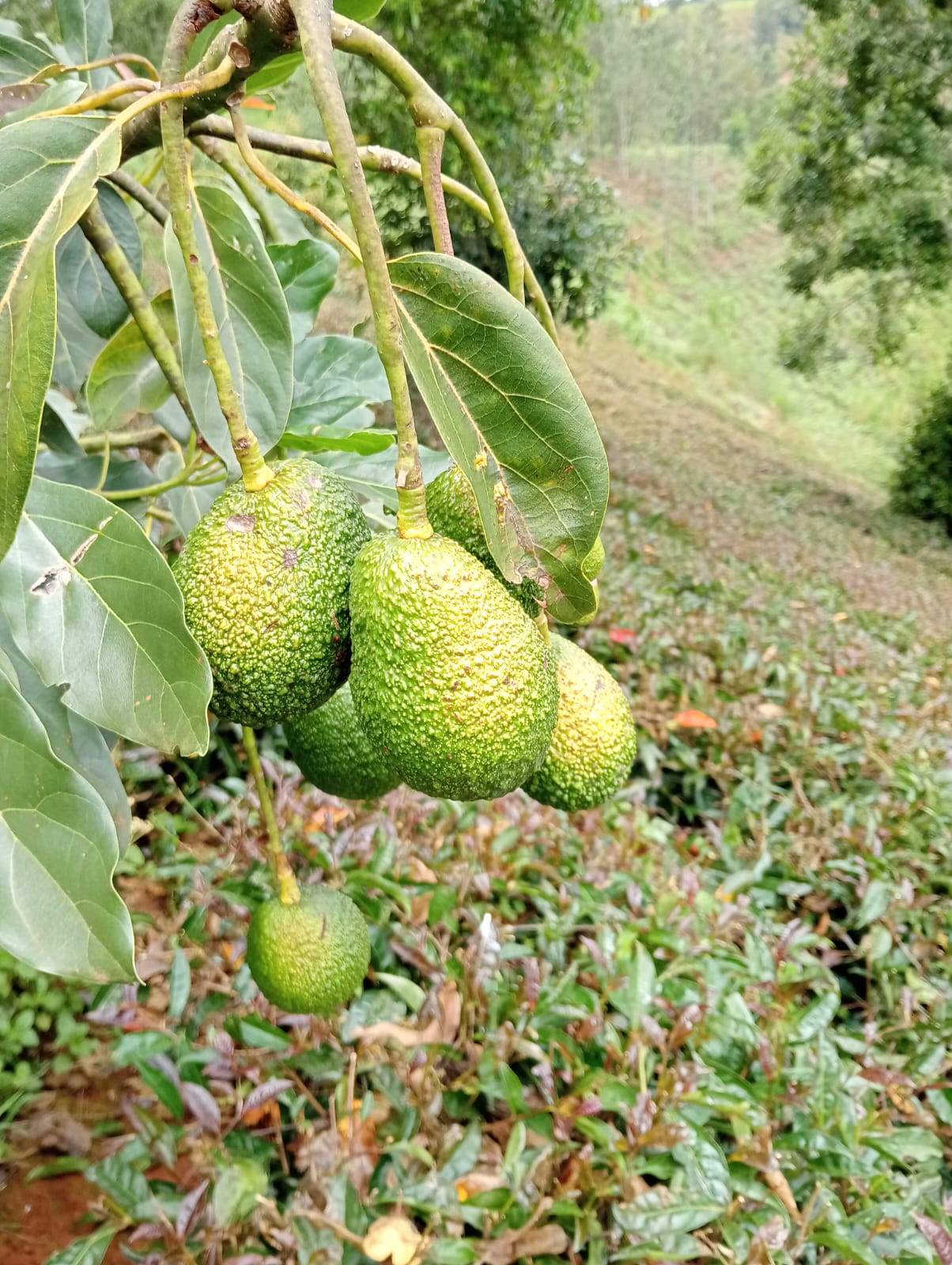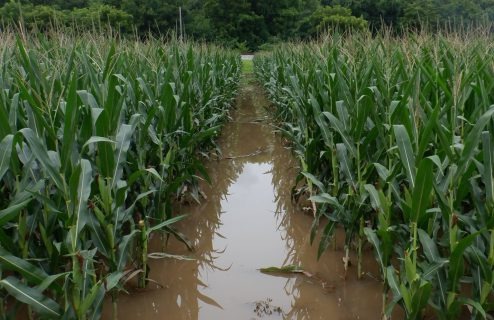Sunburn in fruits is a common issue in agricultural practices, particularly in regions with intense sunlight and high temperatures. Sunburn occurs when fruits are exposed to excessive sunlight, leading to damage and discoloration of the fruit’s skin. This phenomenon not only affects the aesthetic appeal of the fruit but also compromises its quality and market value. Understanding the causes of sunburn in fruits and implementing effective control measures is crucial for ensuring a successful harvest and maintaining the economic viability of fruit production. In this article, we will delve into the various factors that contribute to sunburn in fruits and explore practical strategies to mitigate its impact.
Causes of Sunburn in Fruits
1.Intense Sunlight and High Temperatures: The primary cause of sunburn in fruits is prolonged exposure to intense sunlight and high temperatures. Fruits, particularly those with thin or delicate skin, are vulnerable to the damaging effects of UV radiation and excessive heat. During periods of extreme heat, the fruit’s natural defense mechanisms may become overwhelmed, leading to sunburn symptoms such as browning, scalding, and tissue damage.
2.Lack of Protective Pigments: Certain fruits, such as apples, pears, and citrus fruits, rely on protective pigments, such as anthocyanins and flavonoids, to shield their skin from solar radiation. When these pigments are insufficient or depleted, the fruit becomes more susceptible to sunburn. Factors such as nutrient deficiencies, environmental stress, and genetic predisposition can impact the production and stability of these protective pigments, increasing the risk of sunburn in fruits.
3.Water Stress: Inadequate water supply or irregular irrigation practices can exacerbate the risk of sunburn in fruits. Water stress compromises the fruit’s ability to regulate its temperature and maintain optimal hydration, making it more susceptible to heat-related damage. Additionally, water stress can lead to physiological changes in the fruit’s skin, making it more prone to sunburn symptoms.
4.Fruit Positioning and Canopy Management: The positioning of fruits within the canopy and the management of foliage density play a crucial role in sunburn occurrence. Fruits that are inadequately shaded by leaves or are positioned in direct line of sight with the sun are at higher risk of sunburn. In orchard settings, improper canopy management can result in uneven distribution of sunlight, increasing the likelihood of sunburn in fruits.
Control Measures for Sunburn in Fruits
1.Application of Sunscreen Products: One of the most effective control measures for sunburn in fruits is the application of sunscreen products. These products, often based on natural substances like kaolin clay, calcium carbonate, or titanium dioxide, create a protective barrier on the fruit’s surface, reflecting sunlight and reducing heat absorption. Regular application of sunscreen products, especially during periods of intense sunlight, can significantly mitigate the risk of sunburn in fruits.
2.Canopy Management and Shading Techniques: Strategic canopy management and shading techniques are essential for reducing the impact of excessive sunlight on fruits. Pruning, hedging, and training fruit trees to optimize canopy density and structure can help create a more balanced distribution of sunlight, minimizing the risk of sunburn. Additionally, the use of shade cloth or reflective mulches can provide temporary relief from intense sunlight, protecting fruits from sunburn damage.
3.Irrigation and Water Management: Maintaining adequate soil moisture and implementing efficient irrigation practices are crucial for preventing water stress and reducing the incidence of sunburn in fruits. Regular monitoring of soil moisture levels, proper scheduling of irrigation, and the use of mulching materials can help ensure that fruits remain adequately hydrated and less susceptible to heat-related damage.
4.Nutrition and Soil Management: Optimizing the nutritional status of fruit trees through balanced fertilization and soil management is essential for enhancing the production of protective pigments and strengthening the fruit’s resistance to sunburn. Addressing nutrient deficiencies, maintaining soil pH balance, and promoting healthy root development contribute to the overall vigour and resilience of fruit trees, reducing their susceptibility to sunburn.
5.Cultivar Selection and Genetic Modification: Selecting cultivars with natural resistance to sunburn and exploring genetic modification techniques aimed at enhancing the fruit’s ability to withstand intense sunlight are long-term strategies for controlling sunburn in fruits. Breeding programs that prioritize sunburn-resistant traits and the development of genetically modified varieties with enhanced protective mechanisms can offer sustainable solutions to mitigate sunburn damage in fruits.
Conclusion
Sunburn in fruits presents a significant challenge to fruit growers and agricultural practitioners, impacting the quality, marketability, and economic viability of fruit production. However, by gaining a comprehensive understanding of the causes of sunburn in fruits and implementing effective control measures, growers can minimize the risk of sunburn and ensure the successful cultivation of high-quality fruits. Through the application of sunscreen products, strategic canopy management, optimized irrigation practices, and genetic approaches, the detrimental effects of sunburn can be mitigated, contributing to the sustainable and resilient cultivation of fruits in diverse agricultural settings.






